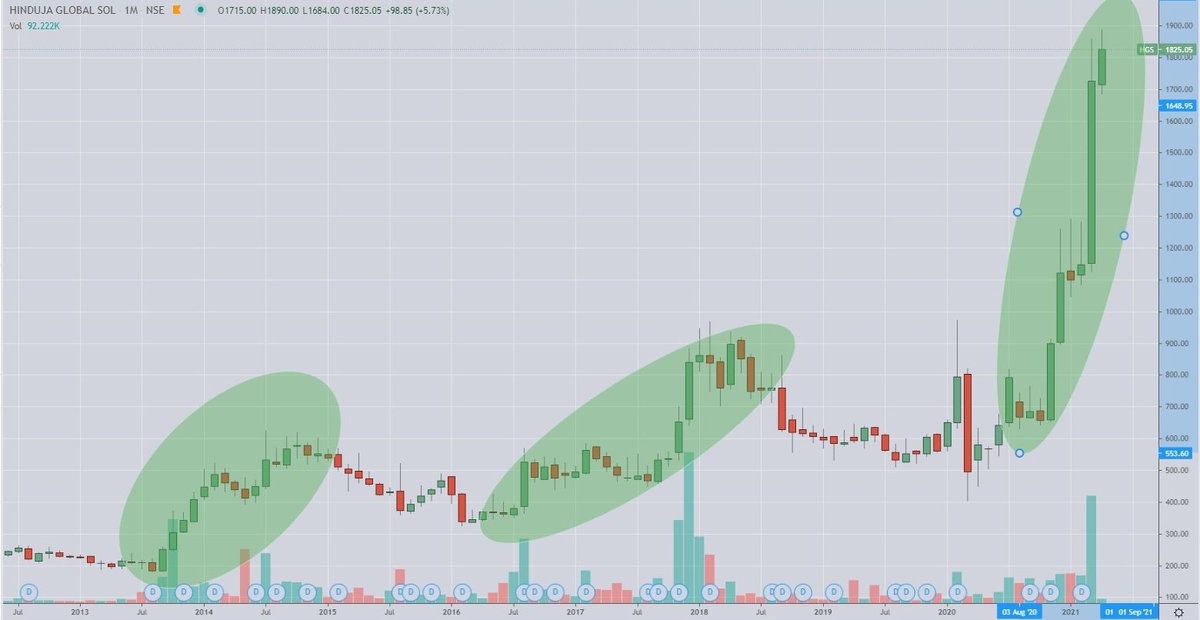- Inside bar is when current candle high < previous candle high & current candle low > previous candle low.
(2/n)
Keep eye on #RIL
— Pathik (@Pathik_Trader) January 3, 2021
Weekly : IB+OB+IB
Monthly : IB
Upper level 2038
Lower level 1855
Can be one good trade
— Harsh (@HarshAsserts) September 11, 2020
When trading,moods will want to influence ur decisions
— Banknifty Addict (Gaurav) (@BankniftyA) December 29, 2019
How to minimize:
-Have a backtested plan/system
-Know yourself(emotion and panic levels)
So trade size is important to keep ur emotions in check
-dont focus too much on pnl
-have a back up plan ready
& last stay positive!!
Backtest the complete expiry and practice again and again till u develop conviction
— Banknifty Addict (Gaurav) (@BankniftyA) November 5, 2020
Support and resistance levels based on technical charts on various time frames.
— Banknifty Addict (Gaurav) (@BankniftyA) December 19, 2019
Breaking any of the above, leads to a direction
and then only directional play.

whats cooking in HGS ??
— Alok Jain \u26a1 (@WeekendInvestng) April 1, 2021
Are Hindujas offloading to put more into Indus ?? What's the buzz... the move seems as a precursor to a big news
just a guess..not a reco